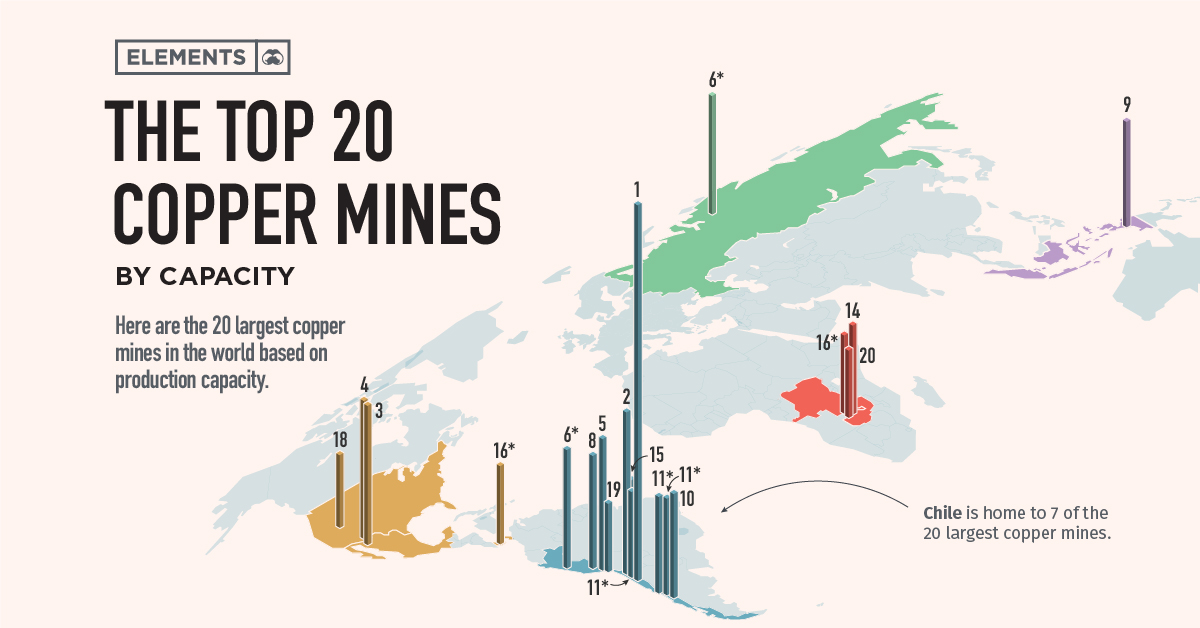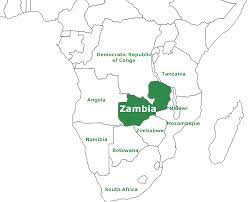Over 17 products from Odisha, Arunachal Pradesh, West Bengal, and J&K bagged the coveted Geographical Indication tag.
GI Tags
- Geographical indications assign products to the place of its origin.
- It conveys an assurance of quality and distinctiveness for such goods.
A total 504 items from different parts of the country have had the tag so far since 2004.
- GI is defined under Article-23 and 24 of the Trade-Related Aspects of Intellectual Property Rights (TRIPS) Agreement of the World Trade Organization (WTO).
- India is a member of the WTO and thus enacted the Geographical Indications of Goods (Registration & Protection) Act, 1999 that came into force from 2003.
Under Articles 1 (2) and 10 of the Paris Convention for the Protection of Industrial Property, geographical indications are covered as an element of Intellectual Property Rights.
- GI tagged products can be both Natural or Man-made.
- The GI Tag is valid for ten years.
- The essential difference between GI and other intellectual properties (IP) is that, GI is a collective intellectual property right.
The first product in India to be accorded with GI tag was Darjeeling Tea in the year 2004-05.
Recent GI Tagged Products
|
Arunachal Pradesh
|
| Wancho Wooden Craft |
- Wancho wooden craft items are unique as they feature tobacco pipes with head-shaped bowls and drinking mugs showing warriors carrying heads.
|
| Adi Kekir (Ginger) |
- Adi Kekir is a variety of ginger produced in East Siang, Siang and Upper Siang districts of Arunachal Pradesh.
- It is known for its taste and size.
|
| Handmade Carpets |
- The handmade carpets made by Tibetan refugees, who live in various parts of the state, are known for their typical designs, motifs and textures.
|
So far, six products from Arunachal Pradesh have received the GI certification.
|
West Bengal
|
| Tangail Saree |
- The hugely popular tangail cotton sarees have finer count and are decorated with extra warp designs using coloured yarn.
- It is a simplification of the jamdani cotton saree but with minimal designs in the body portion.
|
| Garad Saree |
- Garad silk sarees are characterized by a plain white or off-white body, an unornamented coloured border and a striped pallu and were earlier worn for performing pujas.
- With the change in taste, various colours and woven patterns have been introduced.
|
| Korial Saree |
- The korial sarees are lavish silk ones.
- They are in either white or cream base and have the characteristic heavy gold and silver embellishments of Benarasi sarees in the border and pallu.
|
| Kalonunia Rice |
- It is one of the most sought after rice variety in north Bengal.
- Kalonunia is a traditional black-husked non-Basmati type scented rice of Tarai region (foothills of eastern Himalayas) of West Bengal, India.
|
| Sundarban Honey |
- The Sundarban honey, called Mouban, is a prime minor forest produce (MFP) in Sundarbans Biosphere Reserve.
- The residents of Sundarbans are called Mauli.
|
With this, Bengal has a total of 27 GI tags to date.
|
Odisha
|
| Dhenkanal Magji |
- It is a famous and unique sweet of the Dhenkanal district.
- Its taste, flavor, and method of preparation have made it unique.
- The buffalo milk cheese gives it a unique flavor and cardamom powder adds to its unique aroma.
|
| Khajuri Guda |
- Khajuri Guda (date palm jaggery) is a natural sweetener produced from the sweet juice of palm called neera.
- The jaggery is prepared by the tribal populations, including the Lanjia Saura, of Gajapati, Boudh, Angul, and Dhenkanal districts in Odisha.
|
| Similipal Kai Chutney |
- The chutney is made with read weaver ants by the tribal people of Odisha’s Mayurbhanj district.
- The hot chutney has a pungent and sour taste and is appetizing.
|
| Nayagarh Kanteimundi Brinjal |
- It is a tasteful vegetable with lots of prickly thorns on it as well as the whole plant.
- It is green in colour and round in shape containing more seeds as compared to other genotypes.
- The vegetable crop is cultivated in the sandy soil and having unique taste, flavor.
- This crop is grown both in the Kharif and Rabi seasons.
|
| Dongaria Kondh Embroidery Shawl |
- The traditional knitted shawls of the hill tribe Dongaria Kondh are both unique and ancient.
- Their culture, tradition, faith, and beliefs, as well as the biodiversity of their forests are reflected in the shawls.
- Dharanipenu, the much adored goddess of the Dongaria, has a home in every village.
- The art and drawings made in the Dharanipenu residence are reflected in their shawls.
|
| Koraput Kalajeera Rice |
- Koraput Kalajeera Rice known as the ‘Prince of Rice’ is an aromatic variety originating from Koraput district of Odisha.
- Upholding the nutritional and cooking quality, the rice looks like coriander seeds.
|
| Lanjia Saura Paintings |
- The Lanjia Saura paintings are a style of wall mural art.
- Those paintings also called ekons or the idital, and have a significant spiritual importance for the tribe.
- The Lanjia Sauras are an indigent society today, and labour in preserving their culture, the iditals being an important part of it.
|
With this, Odisha has received 25 GI tags to date.
|
Other States
|
|
Gujarat
|
| Kachchhi Kharek |
- They are a variety of dates grown in the Kutch region of Gujarat, India.
- They are highly regarded for their taste, texture, and nutritional value.
- Kutchi Kharek dates have a soft and chewy texture.
- They are known for their natural sweetness and rich, caramel-like flavor.
|
|
Jammu & Kashmir
|
| Ramban Anardana |
- Anardana (Punica granatum) is a small wild fruit-bearing tree.
- The fruits are harvested for its fleshy seeds, which are sundried to make anardana, a product of commerce used in medicinal and culinary preparations.
|


